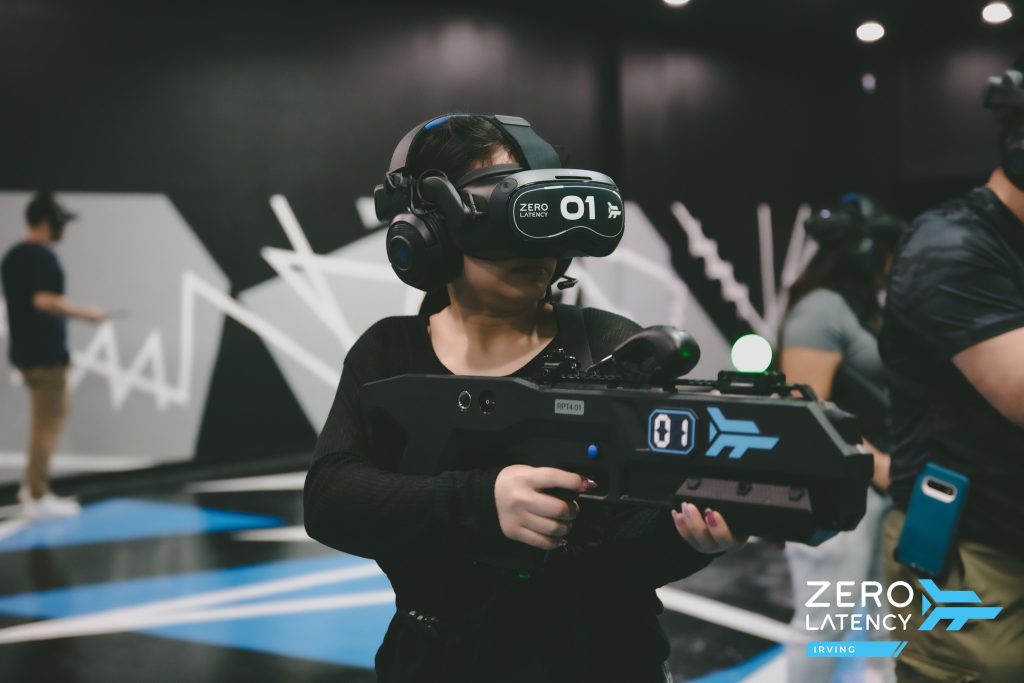Virtual Reality Takes Gaming beyond the Screen a Deep Dive into Immersive Play
The world of gaming has always thrived on innovation, with each new development enhancing the player experience. From early 2D platforms to hyper-realistic 3D environments, the gaming industry continually pushes the boundaries of what’s possible. Yet, in recent years, Virtual Reality VR has emerged as a transformative force, offering experiences that transcend the traditional screen. VR is revolutionizing gaming by immersing players in vivid, interactive worlds where the line between the real and the virtual blurs. Unlike conventional gaming, where players view the action from a screen, VR gaming fully immerses users in a 360-degree environment. Through VR headsets like the Oculus Rift, HTC Vive, and PlayStation VR, players find themselves inside the game, interacting with the virtual world through physical movements and gestures. These systems come with controllers that mimic hands or other body parts, allowing for unprecedented control and interaction. The result is a sense of presence—players do not just watch the action unfold; they feel like they are part of it.
One of the most compelling aspects of VR is its ability to engage multiple senses simultaneously. While traditional games rely heavily on visuals and sound, VR expands the sensory palette. Players experience spatial audio, which changes depending on where they are in the virtual world. Some systems even incorporate haptic feedback, allowing players to feel virtual objects through vibrations or resistance in the controllers. For example, gripping a virtual sword or pulling back on a bowstring becomes an almost tangible experience. This deep immersion opens up new possibilities for game genres. First-person shooters, exploration-based games, and puzzle-solving experiences become more dynamic in VR. In titles like Half-Life: Alyx, players crouch behind cover, physically reach out to manipulate objects, and aim their weapons with realistic precision. VR can also transform horror games into intensely personal experiences, amplifying fear as players explore dark, creepy environments where danger feels closer than ever.
Beyond the gaming benefits, VR also fosters social interaction in innovative ways. Multiplayer games in VR create a sense of shared space, where players’ avatars can move and communicate in real-time. Platforms like VRChat offer players the chance to socialize in virtual environments, further blurring the boundaries between Zero Latency VR game and reality. However, VR gaming is not without its challenges. Issues like motion sickness, the high cost of entry, and the need for large physical spaces limit widespread adoption. Still, as technology improves and becomes more affordable, these barriers are likely to diminish, paving the way for VR to become a central pillar of the gaming industry. virtual reality has taken gaming beyond the screen, creating a deeply immersive and interactive experience. With ongoing advancements, VR promises to shape the future of gaming, offering experiences that are not only played but truly lived.